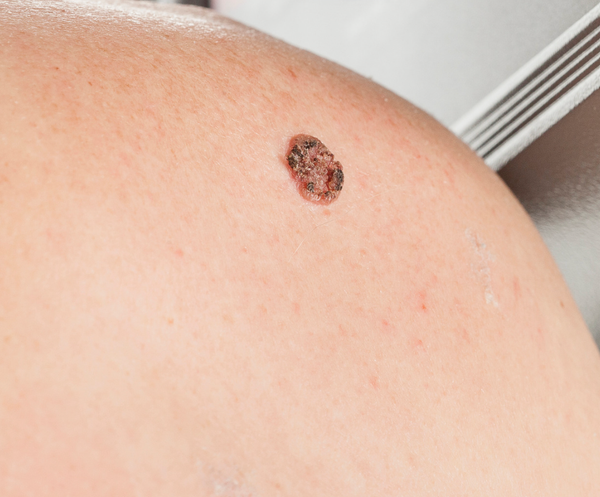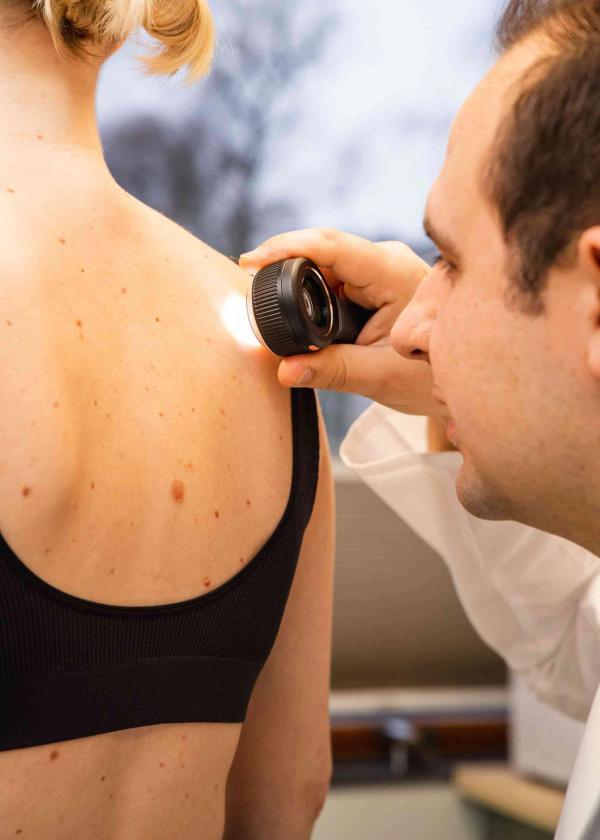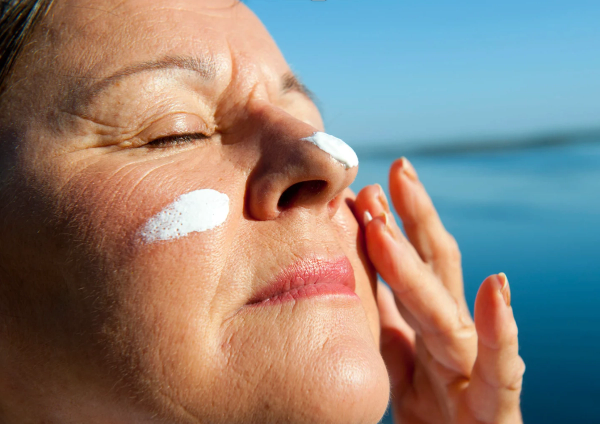Squamous cell carcinoma
Worried about skin changes? Squamous cell carcinoma is a serious form of skin cancer.
Read on to learn more about symptoms, treatment and prevention with Dr. Dropin.
Book appointmentWorried about skin changes? Squamous cell carcinoma is a serious form of skin cancer.
Read on to learn more about symptoms, treatment and prevention with Dr. Dropin.
Book appointmentSquamous cell carcinoma is the second most common type of skin cancer in Northern Europe. It occurs in the squamous cells, which are found in the top layer of the skin.
Although it usually grows slowly, in some cases it can spread to other parts of the body. Early diagnosis and treatment are therefore essential.
Book appointment
Squamous cell carcinoma can appear in different ways, but some common symptoms include:
These symptoms can occur on any part of the body but are most common on sun-exposed areas such as the face, ears, neck, hands, and arms.
Book appointment
The main cause of squamous cell carcinoma is prolonged exposure to UV radiation from the sun or tanning beds. Other risk factors include:

We offer effective treatment methods for squamous cell carcinoma, adapted to your individual situation and the severity of the condition:
Our experienced dermatologists will examine you thoroughly and recommend the treatment method that is best suited to your specific situation. We take into account factors such as the size, location and depth of the lesion, as well as your age and general state of health.

You can reduce your risk of squamous cell carcinoma by:

At Dr.Dropin, you will meet experienced dermatologists who can diagnose and treat squamous cell carcinoma. We offer:
Don't hesitate to get in touch if you are concerned about skin changes. Book an appointment at Dr.Dropin today!
